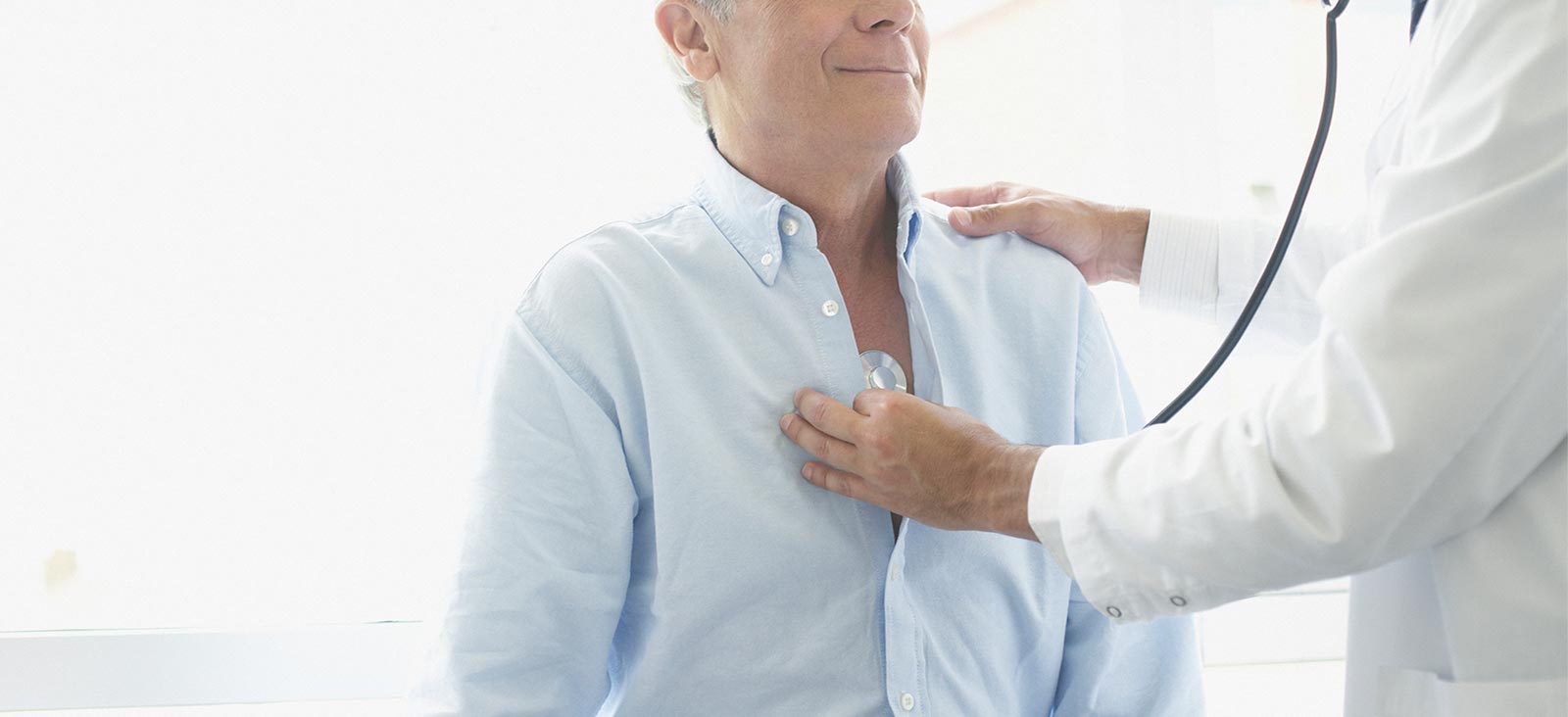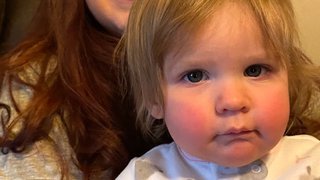Skilled Care for a Serious Heart Defect
Ventricular septal defect (VSD) refers to one or more holes in the muscular wall that separates the heart’s left and right ventricles. The holes allow too much blood to flow to the lungs, which can lead to heart failure.
Although VSD is among the most common congenital heart defects, it also can occur after a heart attack in adults. It is corrected with open-heart surgery.
UT Southwestern’s experienced cardiologists and cardiothoracic surgeons expertly diagnose and treat each patient’s unique case. Our specialized team offers the most advanced technologies and surgical interventions for this serious condition.
UT Southwestern is also home to a dedicated Cardiac Rehabilitation Program. Cardiac rehabilitation is a critical component of recovery and can prevent future heart disease.
What to Expect
VSD Repair: Preoperative Details
The surgeon provides specific instructions to the patient prior to the VSD repair procedure, discussing risks such as bleeding, infection, or adverse reaction to anesthesia.
Patients also meet with the anesthesiologist prior to the surgery to review their medical history. Patients should not eat after midnight the night before the surgery.
On the day of surgery, the patient arrives at the hospital, registers, and changes into a hospital gown. A nurse reviews the patient’s charts to make sure there are no problems.
The anesthesiologist then starts an IV, and the patient is taken to the operating room, where the surgeon verifies the patient’s name and procedure before any medication is given. Surgery will begin once the patient is under anesthesia.
For pediatric patients: Children must be free from infection – including dental infections – for up to six weeks prior to surgery. Please be sure children’s immunization records are made available to the surgeon or nurse.
VSD Repair: Operative Details
Before the surgery begins, a cardiologist starts a transesophageal echocardiogram (TEE) so the surgeon can look at the heart structure during surgery.
The surgeon then makes an incision in the breastbone to reach the heart, and the patient is placed on a cardiopulmonary bypass machine – which pumps blood to the body, bypassing the heart and lungs except for the coronary arteries – while the heart is stopped temporarily.
The surgeon then makes an incision in either the right atrium, the pulmonary artery, or the right ventricular outflow tract to access the defect. A patch – either synthetic or made from the patient’s own pericardial tissue – is then stitched onto the VSD to close it.
The heart is closed with sutures, and the cardiopulmonary bypass machine is removed. Pacing wires are placed temporarily on the heart to prevent heart rhythm abnormalities after the operation. Chest tubes are placed to collect residual blood or fluid in the chest after the surgery, and the skin is closed with stitches or staples.
VSD Repair: Postoperative Details
After surgery, patients are taken to the intensive care unit and monitored. Pain is likely, and pain medication is given as appropriate. Patients also are on a respirator and have a breathing tube for the first few hours after surgery.
The length of the hospital stay depends on how quickly patients recover and can perform some physical activity.
Support Services
UT Southwestern’s cardiac rehabilitation specialists create customized plans that integrate proper nutrition, exercise, and, if necessary, nicotine cessation into patients’ lifestyles to improve their cardiovascular health.
Clinical Trials
As one of the nation’s top academic medical centers, UT Southwestern offers a number of clinical trials aimed at improving the outcomes of patients with cardiovascular disease.
Clinical trials often give patients access to leading-edge treatments that are not yet widely available. Eligible patients who choose to participate in one of UT Southwestern’s clinical trials might receive treatments years before they are available to the public.






